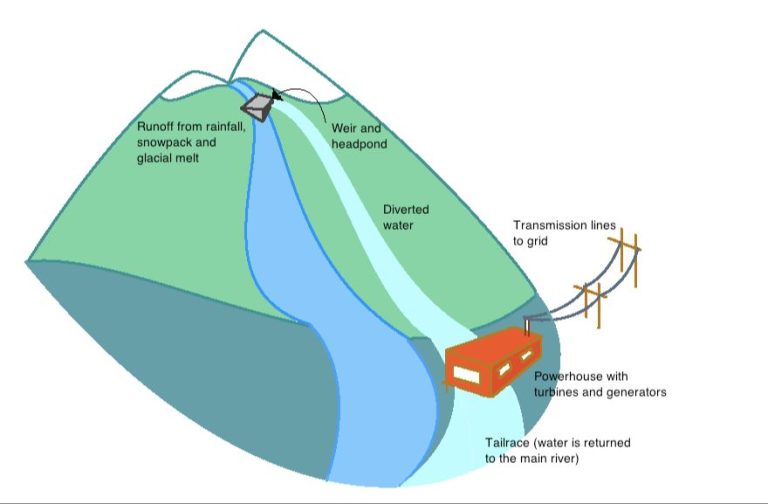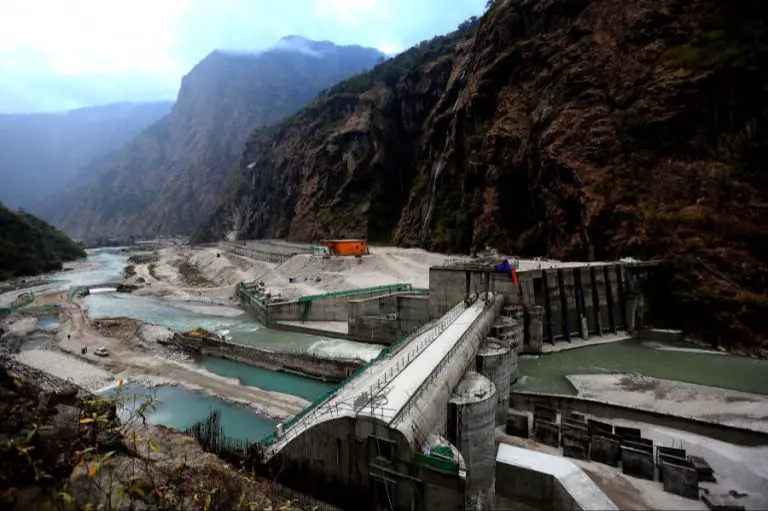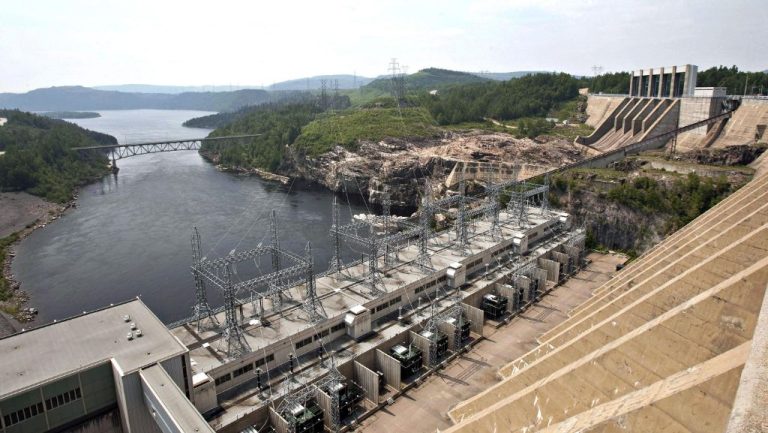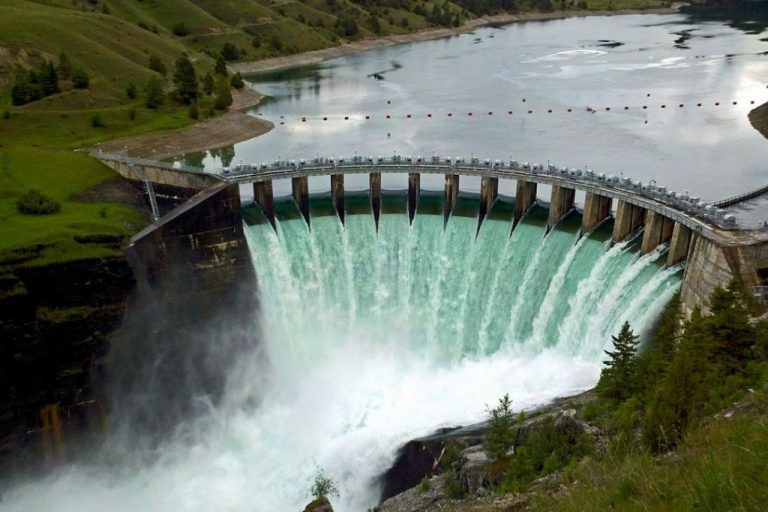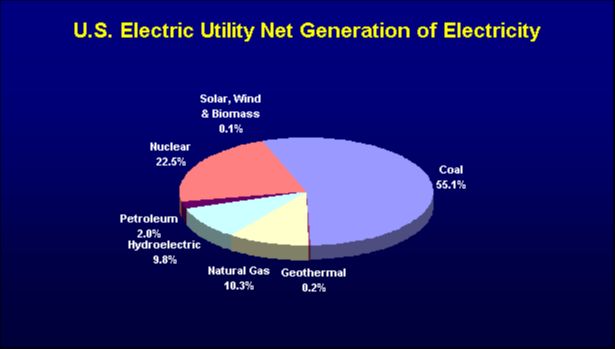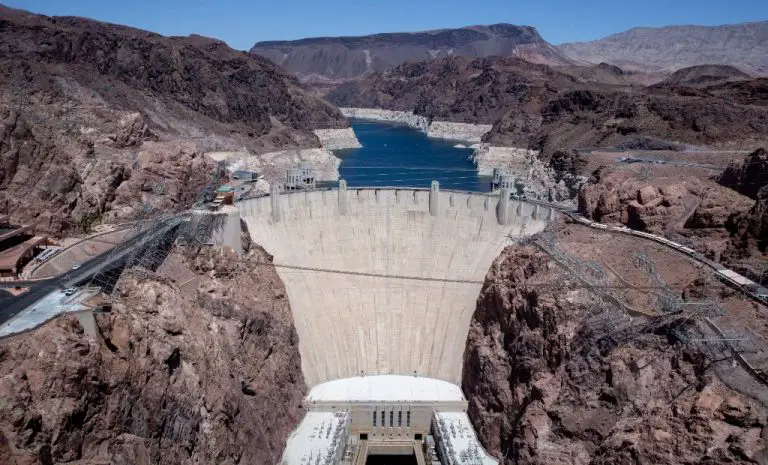Is Hydropower Good Long Term?
Hydropower is the process of generating electricity by harnessing the power of moving water. It is one of the oldest and most widely used renewable energy sources. Hydropower plants capture the energy of falling or fast-running water to produce electricity. The moving water spins a turbine connected to a generator to produce electrical energy.
Globally, hydropower accounts for over 16% of electricity generation and is the largest source of renewable power. Countries like Canada, Brazil and China rely heavily on hydropower for their electricity needs. In the US, hydropower provides 6-7% of total electricity generation. Large hydropower projects around the world provide baseload power, while small hydropower projects can provide local energy solutions.
Benefits of Hydropower
Hydroelectric power is considered one of the most environmentally-friendly and sustainable energy sources available today. This renewable energy resource emits no greenhouse gases and does not contribute to climate change or air pollution.
Hydropower relies on the natural water cycle, where water is continuously renewed through precipitation. The kinetic energy of flowing water powers the turbines to generate electricity. Since water is not “used up” but simply flows through the system, hydropower can provide electricity indefinitely without depleting resources.
The fuel source for hydropower (flowing water) is free and abundant, and operational costs tend to be low compared to other energy sources. Building and maintaining the power plants has high upfront capital costs, but the return on investment can be substantial over decades of operation.
Hydropower is a flexible energy supply that can be adjusted to meet real-time power demands. Reservoirs provide storage capabilities to generate electricity on demand when it is needed most.
Challenges of Hydropower
Hydropower projects, especially large dams, can significantly impact local ecosystems and habitats. The dams physically block rivers, which obstructs the natural migration routes of fish and other wildlife that rely on rivers for breeding. Fish like salmon can no longer swim upstream to reach their spawning grounds, disrupting reproduction. Dams also change the natural water flow, temperature, and sediment levels downstream, further altering river ecology and degrading the habitat for native species.
Building large dams requires flooding vegetation and valleys, wiping out terrestrial ecosystems in the area. The reservoirs created by dams cover land that may be home to plants and animals. Entire forests and meadows can disappear underwater once the reservoir fills up behind the dam.
Environmental impacts of hydropower are highly location and project specific. While measures can be taken to allow for fish ladders and minimum water flows, there is no getting around the drastic ecological changes brought on by a dam. When weighing hydropower’s benefits, the local habitat destruction is an important consideration.
Hydropower’s Contribution to Energy Mix
Hydropower currently provides about 16% of the world’s electricity and over 80% of the world’s renewable electricity. It is the largest and most widely used renewable energy source. According to the International Hydropower Association (IHA), hydropower could double its contribution by 2050 and help countries meet their energy and climate goals. The top countries for hydropower generation are China, Brazil, Canada, the United States, and Russia. China generates about a quarter of its electricity from hydropower. Some countries like Norway and Paraguay produce nearly all their electricity from hydropower. Overall, hydropower makes a significant contribution to clean energy generation globally. However, most hydropower capacity is concentrated in a handful of countries. There remains untapped potential to expand hydropower, especially in developing countries.
Hydropower Potential
There is significant potential for growth in hydropower, especially in developing countries that have not yet tapped into their resources. Only about 20% of the world’s feasible hydropower potential has been developed so far. The remaining 80% represents a major opportunity, particularly for countries in Asia, Africa, and Latin America that have extensive untapped hydro resources.
China holds the greatest potential for new projects, with additional capacity estimated at over 200 gigawatts. Other countries like Brazil, the Democratic Republic of Congo, India, and Russia also have substantial room for growth. Developing new hydroelectric dams and power plants in these areas could greatly increase renewable energy production. Additionally, upgrading and modernizing existing facilities could further maximize output.
Realizing more of the world’s hydro potential would require substantial investment and infrastructure development. But the long-term benefits could be significant in terms of clean electricity access, economic growth, and reduced carbon emissions from fossil fuels. With the proper policies and financing mechanisms in place, hydropower expansion could play a key role in meeting rising energy demands sustainably.
Recent Hydropower Projects
In the last 5 years, several major hydropower projects have been completed around the world. Here are some notable examples:
Baihetan Hydropower Station, China
Completed in 2021 on the Jinsha River, this massive project has 16 million kilowatts of capacity, making it the world’s second largest hydropower station.
São Luiz do Tapajós, Brazil
The 8,000 megawatt São Luiz do Tapajós project on the Tapajós river was completed in 2020 after decades of planning. It is expected to provide clean electricity to millions of homes.
Rogun Dam, Tajikistan
This controversial 335 meter tall dam on the Vakhsh River was inaugurated in 2018. With 3,600 megawatts of power, it is the tallest dam in the world.
Patratu Thermal Power Station, India
Located in Jharkhand, this new 800 megawatt hydropower project harnesses the waters of the Damodar River and began operations in 2018.
Nam Theun 1, Laos
The largest hydropower project so far in Laos, this 1,000 megawatt dam on the Nam Theun river was completed in 2017 after 9 years of construction.
Emerging Hydropower Technologies
While traditional hydropower dams and reservoirs have fueled growth for decades, innovation is leading to new technologies that expand hydropower’s potential. Marine energy and hydrokinetics are two emerging technologies on the horizon.
Marine energy harnesses the power of ocean waves, tides, currents, salinity gradients, and temperature gradients. Wave power generators use the up-and-down motion of waves to drive electrical generators. Tidal power generators capture energy from the rise and fall of ocean tides. Ocean current turbines extract kinetic energy from open-ocean currents, similar to wind turbines. Osmotic power generates electricity by using the difference in salinity between freshwater and seawater. Ocean thermal energy uses the temperature difference between warmer surface water and colder deep water.
Hydrokinetics utilize free-flowing water, such as undammed rivers or ocean currents, to produce energy. Submerged water turbines are placed directly in flowing waterbodies. They spin as water passes through them, turning a generator to produce electricity. Hydrokinetic power is considered an environmentally friendly technology since it does not require building dams or diversions. It also allows energy production with minimal disturbance to fish and wildlife habitats.
These emerging technologies have the potential to dramatically increase hydropower capacity globally. While technical and economic challenges remain, marine energy and hydrokinetics represent the next wave of hydropower innovation.
Case Studies
Hydropower projects around the world offer examples of successful renewable energy as well as controversial dams. The Hoover Dam in the United States provides hydroelectric power to Nevada, Arizona, and California. Completed in 1936, it was an engineering marvel at the time and supports economic growth in the region. However, the dam also altered the Colorado River ecosystem and displaced Native American tribes.
The Three Gorges Dam in China is one of the largest hydroelectric power stations in the world. Supporters praise its contribution to flood control and reduced coal dependence. Critics argue it caused environmental damage, displacement of over a million people, and destruction of cultural artifacts. Balancing renewable energy goals, economic needs, and sustainability remains an ongoing challenge.
In Brazil, the Belo Monte Dam came online in 2016 as the fourth largest hydroelectric plant globally. It expanded Brazil’s renewable energy but also displaced indigenous communities and impacted biodiversity. In Ethiopia, the Grand Ethiopian Renaissance Dam has been controversial for its potential effects on water access downstream for Egypt and Sudan.
Overall, hydropower case studies demonstrate the potential for clean energy as well as the often difficult trade-offs involved in massive infrastructure projects. Siting, environmental impacts, and sharing resources equitably between regions and nations present hurdles that must be addressed thoughtfully.
Expert Opinions
As the world shifts towards renewable energy, hydropower is poised to play a major role according to experts. Hydropower offers a stable baseload power source that complements intermittent renewables like wind and solar. However, some analysts caution that hydropower’s growth potential is limited without major technological innovations.
“With the right policies and investments in place, hydropower can deliver clean electricity to millions more people across the globe,” said Maria van der Hoeven, Executive Director at the International Energy Agency. “While hydropower production may taper off in some regions, globally we’re likely to see major growth, especially with new pumped storage capacity.”
Harry Wilson, a renewable energy consultant, took a more restrained view on hydropower’s future: “Certainly hydropower will remain an important clean energy source, but its growth is constrained by suitable geography and environmental concerns. Unless we see breakthroughs enabling low-cost marine and small hydropower, we’ll continue to rely more heavily on solar, wind and storage.”
Overall, experts recognize hydropower as a proven renewable technology that will play a key role in the global energy transition. But its full potential hinges on emerging innovations to expand where hydropower can be deployed viably and sustainably.
Conclusion
In summary, hydropower has many benefits as an affordable, renewable energy source that provides reliable baseload power with low greenhouse gas emissions. However, building large dams and reservoirs can negatively impact local ecosystems and communities. Hydropower will continue playing an important role in the global renewable energy mix, especially with the rise of new technologies like small hydro, in-stream hydrokinetic power, and pumped storage. While large hydropower projects may slow down due to environmental concerns, small distributed hydro will likely grow as countries expand renewable energy to meet climate goals. With innovations to lower the ecological footprint and proper oversight to mitigate social impacts, hydropower can provide clean electricity for years to come. The future is bright for next-generation hydropower that works in harmony with nature and people.

